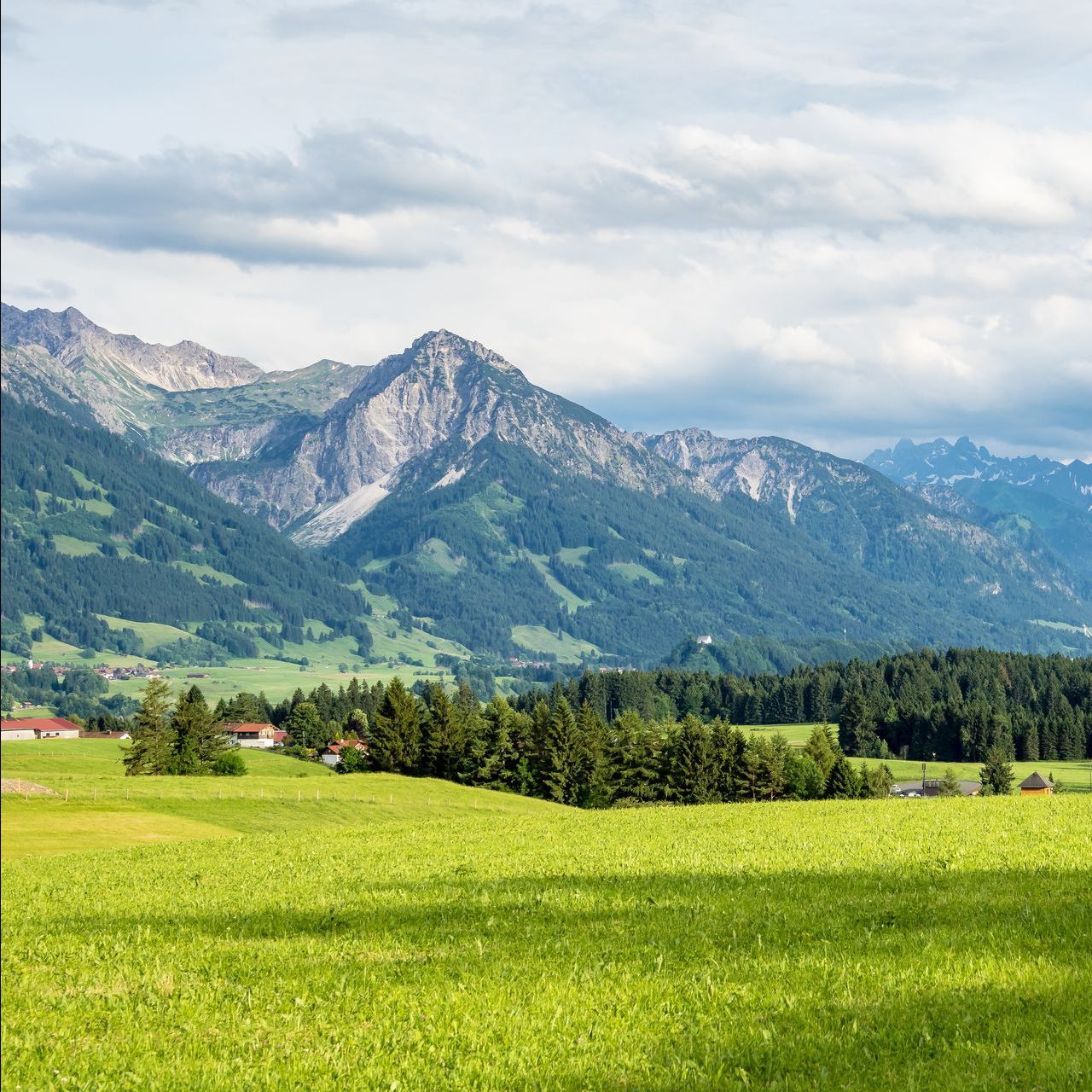
History
In 1956, President Dwight D. Eisenhower launched the “People-to-People Initiative.” He believed that diplomacy on a person-to-person level was an important resource for successful negotiations between governments. Recognizing the importance of involving all citizens in world diplomacy, he called upon the nation’s cities as the centers of opportunity, expression and economic growth, to unite with communities around the world in building a solid structure of world peace. At the core of all sister cities relationships is an agreement, signed by the Mayors of each city, reflecting their mutual commitment to building bridges between governments, businesses and individuals. Today, through formal Sister Cities affiliations, 2,400 Sister Cities relationships are bringing citizens together to cooperate and share ideas, activities and solutions on a range of topics, including the environment, education, culture, medicine, and technology.
While many sister city relationships have no historic connection, Columbia was lucky to find a city in Germany with a strong connection to our area.
In 1842, the ship “Mimer” arrived in New Orleans from Wernings, a village in Germany, with 118 adults and 38 children. The emigrants were 2 months to 89 years old. From New Orleans the passengers continued up the Mississippi to Chester, Then on to St. Louis by wagons. Almost all settled in the Columbia and Waterloo area. Today, only the ruins of a church and the house of the Count of Solms-Laubach remain of Wernings.
In 1990 communication was resumed between the two areas, with the area of Wernings, now known as Gedern. Correspondence was exchanged and in 1991 a delegation of eleven came to Columbia from Gedern. In 1992, a Columbia delegation made the trip to Gedern for an official signing ceremony of the Declaration of Friendship. And in 1993, the signing of the Sister City proclamation took place in Columbia with a delegation from Gedern.
It is necessary to bring about a sense of mutual interest and purpose among the world community through exchanges of people and cultures.
COLUMBIA SISTER CITY
Chronology
1990
Marilyn Harres proposes Columbia Sister Cities
Six names on Articles of Incorporation:
George Brucker
Barry Krizan
Elizabeth Diehl
Norman Kutterer
Jean Henderson
Columbia formally accepted by Sister City International in September
1991
Bob Schaefer visits Gedern on Waterloo Sister City trip
Bob Shaefer reports in February about Gedern (Wernings) Immigrants
Barry Krizan presents idea of Gedern/Columbia Sister Cities to Council
Burgermeister Rainer Schwarz proposes Student Exchange with CHS
Eleven man delegation from Gedern visits Columbia in November
Principals Patton and Molz agree on Student Exchange
Mayor Coats and City Council welcomes Gedern delegation
1992
City Council official invites Gedern as Sister City in February
Gedern accepts on February 29th
A delegation of 21 members, including Mayor Coats, visit Gedern in May and officials sign Decalration of Friendship
1993
Gedern students and teacher Andreas Heuser make first visit in April
Adult delegation visits Columbia in May
Official signing ceremony at CHS on May 7
1994
First students visit Gedern with chaperone Carol Waide in June
Won Reader’s Digest National Award for 1st year program
1995
School Proclamation of Friendship signed in March
Columbia-Platz dedicated in Gedern in July during official visit of Columbia delegation
2000
Columbia wins Illinois Sister City of the Year Award
2001
Gedern sister Cities official visit for October 2001 is canceled after September 11, 2001 tragedy
Gedern visit is rescheduled for June 2002
Sister Cities of Columbia | 208 S. Rapp Street, P.O. Box 467
Columbia, IL 62236


